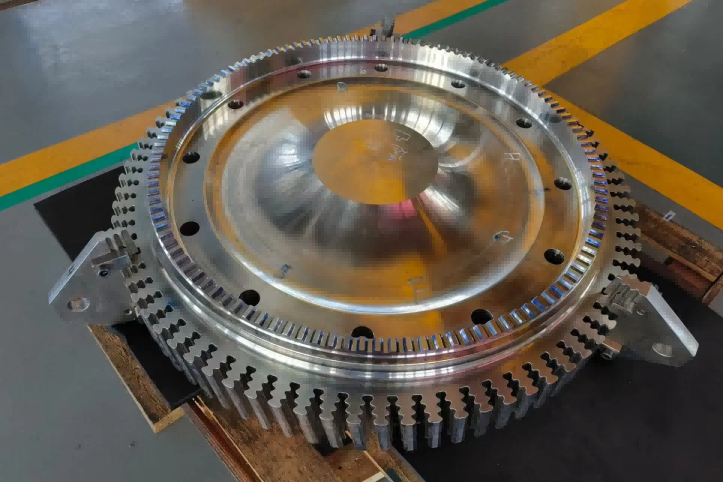Superalloy Parts Manufacturing Technology
Superalloy Parts Manufacturing Technology
Neway provides vacuum investment casting, single crystal and directional casting, powder metallurgy, precision forging, 3D printing, and CNC machining. They manufacture turbine blades, discs, combustion chambers, afterburners, nozzle rings, impellers, casings, and gas turbines for aerospace applications.

Superalloy Vacuum Investment Casting
Neway's Superalloy Vacuum Investment Casting technology involves creating high-precision components like turbine blades, discs, and combustion chambers by casting superalloys in a vacuum environment. This process minimizes oxidation, ensuring high-quality surface finishes, superior mechanical properties, and accurate dimensional control. It is ideal for aerospace, energy, and other high-temperature applications demanding strength and heat resistance.
Manufacturing Technologies of Powder Turbine Discs
The powder turbine disc manufacturing technology involves powder metallurgy, HIP, hot extrusion, isothermal forging, and precision heat treatment. It produces high-strength, large-diameter superalloy discs with complex structures. This technology is essential for advanced gas turbines and aerospace engines, where components must withstand extreme temperatures, high stresses, and corrosive environments, ensuring superior performance and durability.
Double Alloy Monolithic Disc Hot Isostatic Pressure Diffusion Connection
The Double Alloy Monolithic Disc, HIP Diffusion Connection technology, uses a sleeve-less HIP diffusion bonding process to create a robust and defect-free connection between a turbine blade disc and blade ring. It ensures excellent metallurgical bonding and mechanical properties, making it ideal for high-stress applications in aerospace and energy turbines, where durability and reliability are critical.
Advanced Powder Superalloy Inertial Friction Welding
This method ensures high-quality welds between superalloy materials by mechanically mixing the two metals in the weld zone. The process forms a defect-free, oxide-free bond with no cracks, holes, or porosity. It results in welds with excellent tensile strength, durability, and fatigue resistance at room and high temperatures, meeting stringent technical requirements.
Whole Process Simulation of Superalloy
The Whole Process Simulation of Superalloy integrates computational tools for simulating alloy design, casting, forging, heat treatment, and testing. It optimizes process parameters, microstructure, and material performance, accelerating development and enhancing material utilization. This technology is vital for aerospace and energy industries, enabling precise manufacturing of high-performance superalloys for extreme environments and ensuring reliability and durability in critical components.
CFD Analysis
CFD Analysis employs Fluent, NX, and SolidWorks software to simulate complex fluid dynamics, including hypersonic flow, heat transfer, combustion, and multiphase flow. It optimizes aerospace, energy, and manufacturing designs using unstructured meshes and finite-volume methods. Applications include modeling rotating machinery, chemical reactions, and material processing to enhance system performance, efficiency, and safety under real-world conditions.
Let's Start A New Project Today






